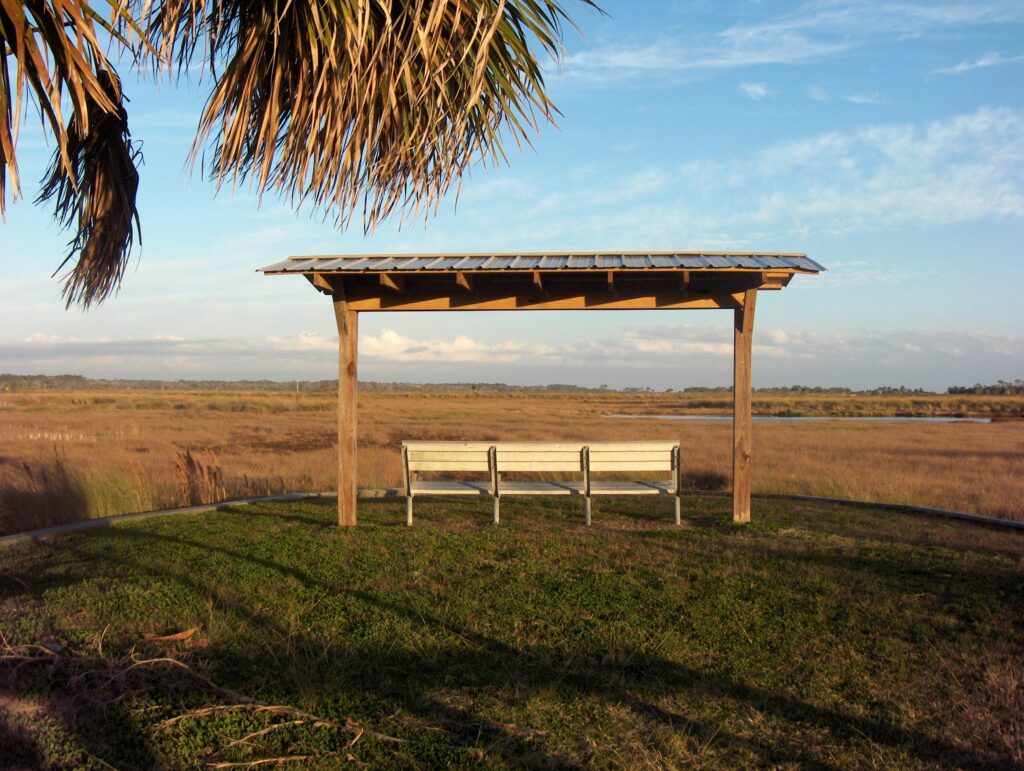I woke up in Tallahassee and my first stop in the area was Mission San Luis, a truly impressive reproduction of the Spanish western capitol of Florida that operated from 1633-1704. The Franciscans founded this mission with the Spanish, who settled it on Apalachee land and whose soldiers and settlers intermarried with the Apalachee people. For nearly fifty years, it functioned as the center of this area until the English mobilized from Charleston to claim it, so the Spanish settlers and their families evacuated to St. Augustine and burned the mission behind them. During its height, the site included a very large church, a native council site, as well as a number of other structures that have been rebuilt at the present-day park.
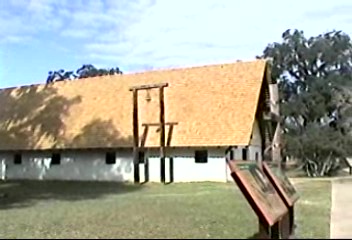
After absorbing the orientation film, I wandered the site learning from the historic re-enactors there. Many of the Spanish settlers who came were convict labor, and since Apalachee women could inherit, intermarriage worked well. The site did a wonderful job of explaining the history that had been unexplained at the St. Augustine fortress.
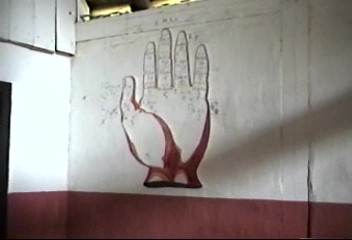
At the church, guides explained musical notation at the time of the mission. That building was quite spacious to signal to the locals that they planned to stay. It was in that vein that the Franciscans set up a very stable community. The Apalachee council house was of comparable size. A large pitch dominated the grounds, and it was where young men played a ball game that was so aggressive and violent that some of the friars thought it should be banned. Others saw it as a sanctioned social outlet for violence that prevented even further acts of aggression and helped maintain the peace, until the community fled at the beginning of the eighteenth century. This state park is two miles from the present Florida capitol and well worth the trip.
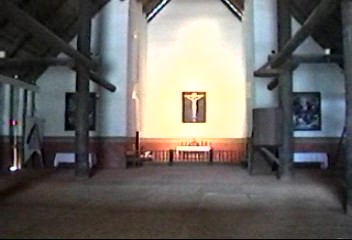
I pressed on to my next stop, Wakulla Springs State Park, the world’s largest and deepest freshwater spring which is surrounded by a cypress swamp. It is the location where the B movie classic, The Creature from the Black Lagoon was filmed, which is not what drew me there. The manatees and other wildlife did. I was not to be disappointed on my last day in Florida. I joined a lengthy water cruise and could see schools of fish in the clear water as well as water fowl, an alligator and, finally a manatee who frolicked near the boat. It was a beautiful site. After the boat trip, I took in the gorgeous lodge that functions as a hotel. I had hoped to eat lunch there, but I decided not linger over a meal when there was one more site to see in the area.
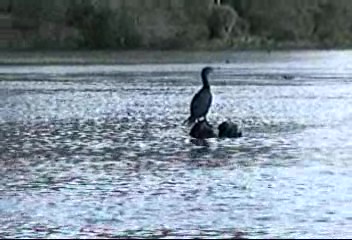
At the time, I had another colleague from Florida, a native of Tallahassee. She insisted that I make a stop at St. Marks National Wildlife Refuge, her favorite place on earth. With an hour left before sunset, Tamu and I walked through the preservation area to the lighthouse, uncertain what kind of creatures would join us. Nothing wild threatened us; what we experienced were lovely views of the bay and our last glimpse of the Gulf of Mexico for awhile. It was a stunning walk, capped by the lighthouse at the trail’s end. Its history includes Spanish settlement and Confederates, but we were captivated by its natural beauty rather than the story. My colleague had not been wrong–it was a gorgeous site to visit, particularly as a finale to a very long and happy Florida trip.
The next morning we would cross back into Georgia for a few more days of exploration before the return to our daily lives. It had been quite an adventure, the longest stretch in one state so far. We celebrated Christmas and Hanukah, saw lots of animals, played on beaches, and learned a lot of diverse local history. And I left behind some things to do if I ever go back. All of this reconnected me to this effort to see the states, and I was glad I had taken the time to see Florida thoroughly.
